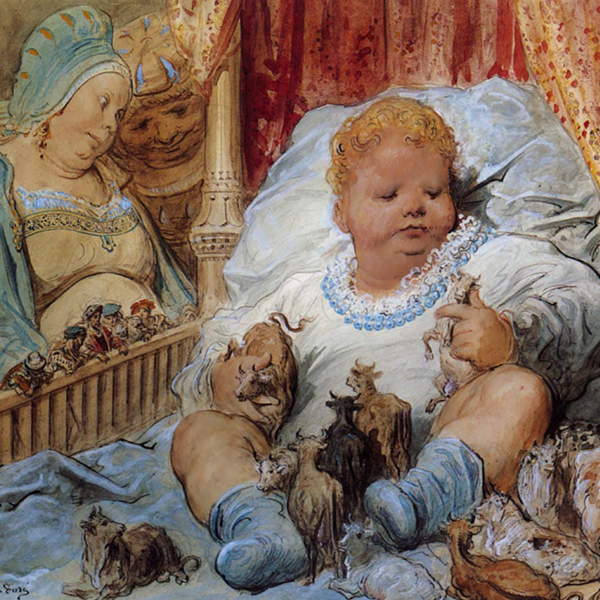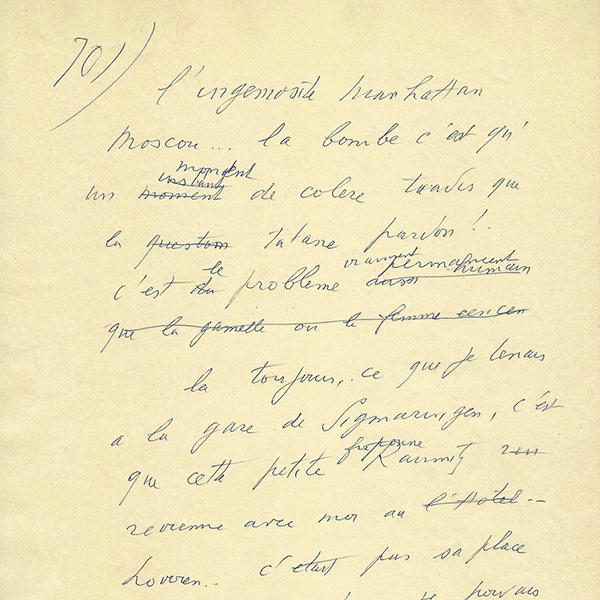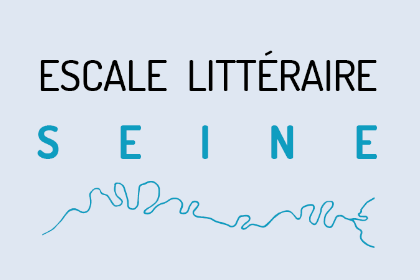Boulogne-Billancourt
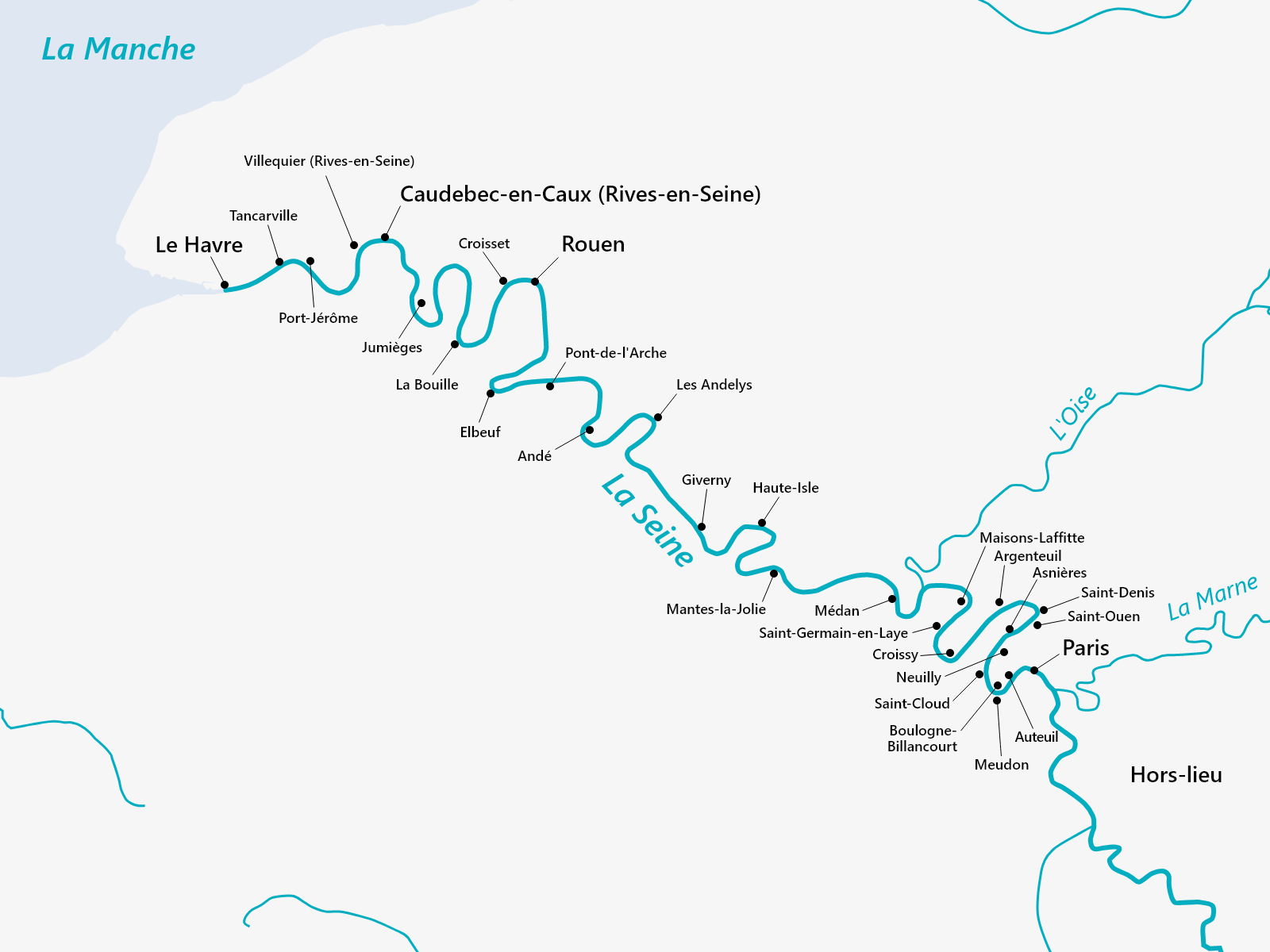
Boulogne-Billancourt is a town in Hauts-de-Seine, the second most populous town in the Île-de-France region, after Paris. The town was created by the merger of Boulogne-la-Petite, a parish set up in 1343 surrounding the church of Notre-Dame de Boulogne sur Seyne, and the right bank of Saint-Cloud, under the name Boulogne-sur-Seine in 1790. The name Boulogne-Billancourt appeared later on, in 1926, and the inclusion of the Billancourt area took place in 1860. Boulogne-Billancourt’s cultural golden age undoubtedly occurred during the interwar period, in the 1930s to be precise, when the town boasted the largest architectural heritage in France. During the first half of the 20th century, Boulogne-Billancourt also became the town of airplane motors and the film industry, with the car manufacturer Renault opening large factories there too. Now almost entirely demolished, they have given way to a vast cultural centre and public garden, home to La Seine musicale. The Île Seguin is located in the southwestern part of the town. It is Renault’s old historical centre and the symbol of Boulogne-Billancourt’s industrial past.
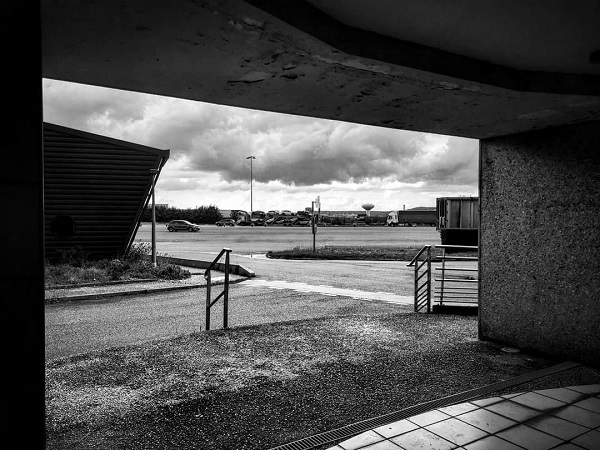 Sans titre © François Guillotte
Sans titre © François Guillotte
